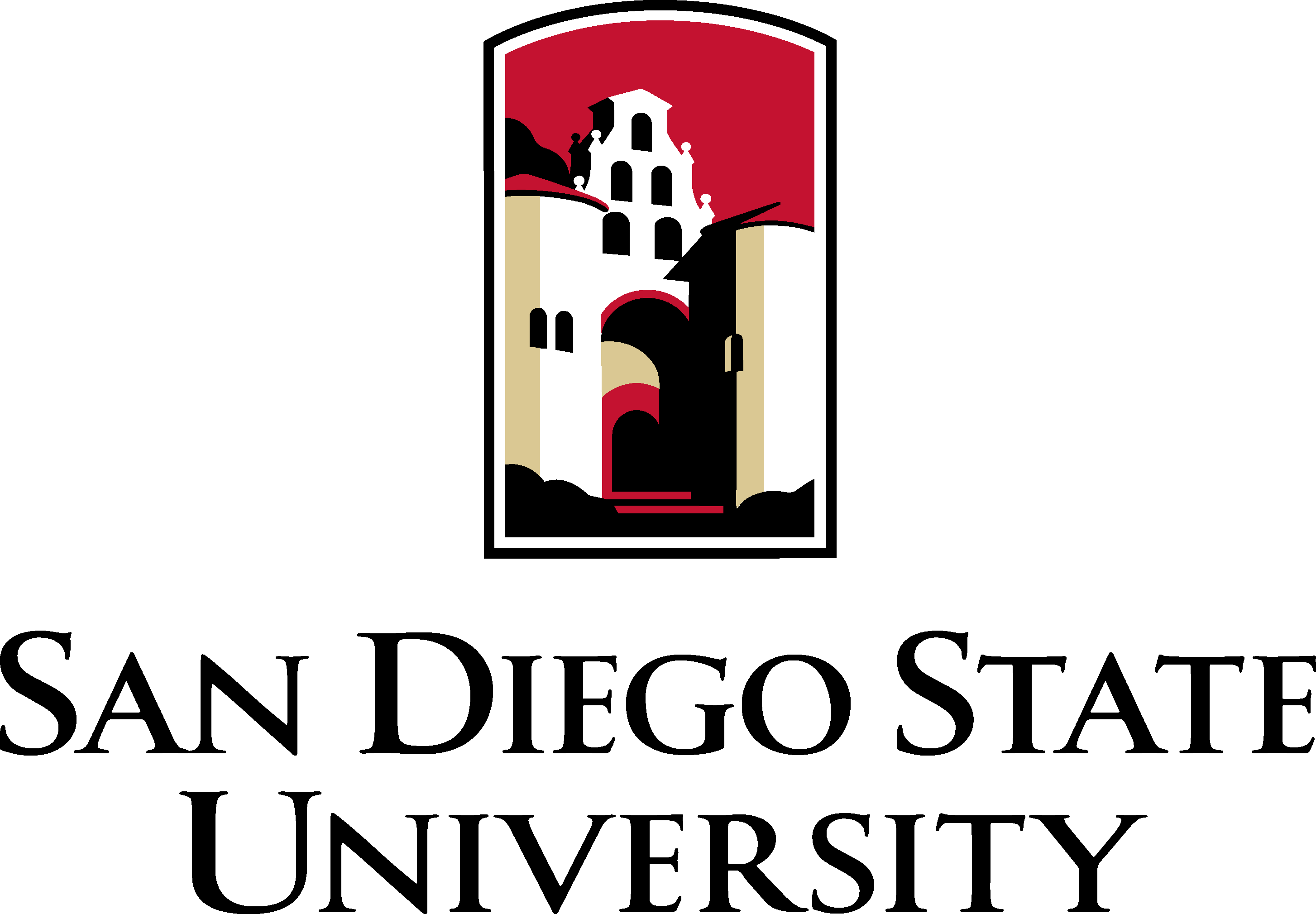Peter van der Geer
Associate Professor, Biochemistry
Undergraduate Advisor
office: CSL 322
phone: 619-594-5582
email: pvanderg@sdsu.edu

Curriculum Vitae
- Doctoraal, University of Amsterdam, 1987;
- Ph.D. University of Amsterdam, The Netherlands, 1993;
- Postdoctoral Research, The Salk Institute, 1993-1994;
- Postdoctoral Research, Samuel Lunenfeld Research Institute, 1994-1997;
- UCSD, 1997-2005.
Fellowships
- Dutch Cancer Society Fellowship, 1987-1989;
- National Cancer Institute of Canada Postdoctoral Fellow, 1994-1997;
- Hellman Foundation Fellow 1999 and 2003.
Research Interests
In a multicellular organism, cells have to communicate with each other so that they can coordinate their activities. Cellular communication is usually mediated by extracellular messenger molecules that are recognized by receptors present on the surface of target cells. Binding of a messenger molecule to a receptor results in biochemical changes within the cell that make it possible for the cell to respond to the incoming message. Many different processes, such as cell division, differentiation, cell migration, metabolism, and cell death, are regulated in response to extracellular messenger molecules.
Signal transduction is the process that translates the binding of a messenger molecule to its receptor into changes in biochemistry, cytoskeletal structure, or gene transcription. Receptor protein-tyrosine kinases represent one class of receptors for extracellular messenger molecules. They contain an extracellular ligand-binding domain and a cytoplasmic protein kinase domain and are activated directly by the interaction with specific extracellular ligands. Activated receptors autophosphorylate on tyrosine residues and autophosphorylation sites act as binding-sites for specific cellular signaling proteins. Signaling proteins, which often contain SH2 or PTB domains, mediate the activation of cellular signal transduction cascades in response to receptor activation.
We are interested in signal transduction by protein-tyrosine kinases with particular emphasis on the role of signaling proteins in this process. Most recently we have focused on proteolytic processing of the CSF-1 receptor and the function of Shc and c-Cbl during protein-tyrosine kinase signaling.
Selected Publications
- "STS-1 and STS-2, Multi-Enzyme Proteins Equipped to Mediate Protein–Protein Interactions,"
Hayes, Barbara; van der Geer, Peter,
Intl. J. Molec. Sci. 24, 9214 (2023). (doi: 10.3390/ijms24119214.) - "Identification of STS-1 as a novel ShcA-binding protein,"
Talitha van der Meulen, Spencer Swarts, Wolfgang Fischer, and Peter van der Geer,
Biochemical and Biophysical Research Communications 490, 1334-1339 (2017). (doi:10.1016/j.bbrc.2017.07.024.) - "Identification and mutagenesis of the TACE and gamma-secretase cleavage sites in the colony-stimulating factor 1 receptor,"
Arrash Vahidi, Gary Glenn, and Peter van der Geer,
Biochemical and Biophysical Research Communications 450, 782-787 (2014). (doi:10.1016/j.bbrc.2014.06.061.) - "Wolfram Syndrome protein, Miner1, regulates sulphydryl redox status, the unfolded protein response, and Ca2+homeostasis,"
Sandra E. Wiley, Alexander Y. Andreyev, Ajit S. Divakaruni, Robert Karisch, Guy Perkins, Estelle A. Wall, Peter van der Geer, Yi-Fan Chen, Ting-Fen Tsai, Melvin I. Simon, Benjamin G. Neel, Jack E. Dixon, and Anne N. Murphy,,
EMBO Molecular Medicine 5, 904-918 (2013). (doi:10.1002/emmm.201201429.) - "Protein instability following transport or storage on dry ice,"
Brian M. Murphy, Spencer Swarts, Barbara M. Mueller, Peter van der Geer, Mark C. Manning, and Mark I. Fitchmun,
Nature Methods 10, 278-279 (2013). (doi:10.1038/nmeth.2409.)
